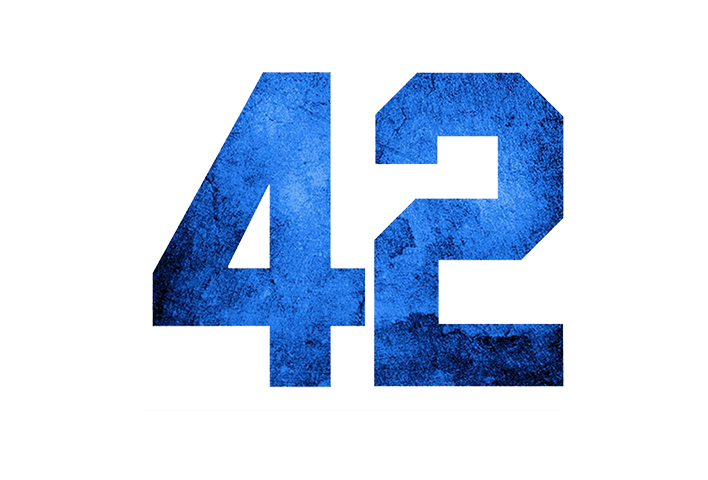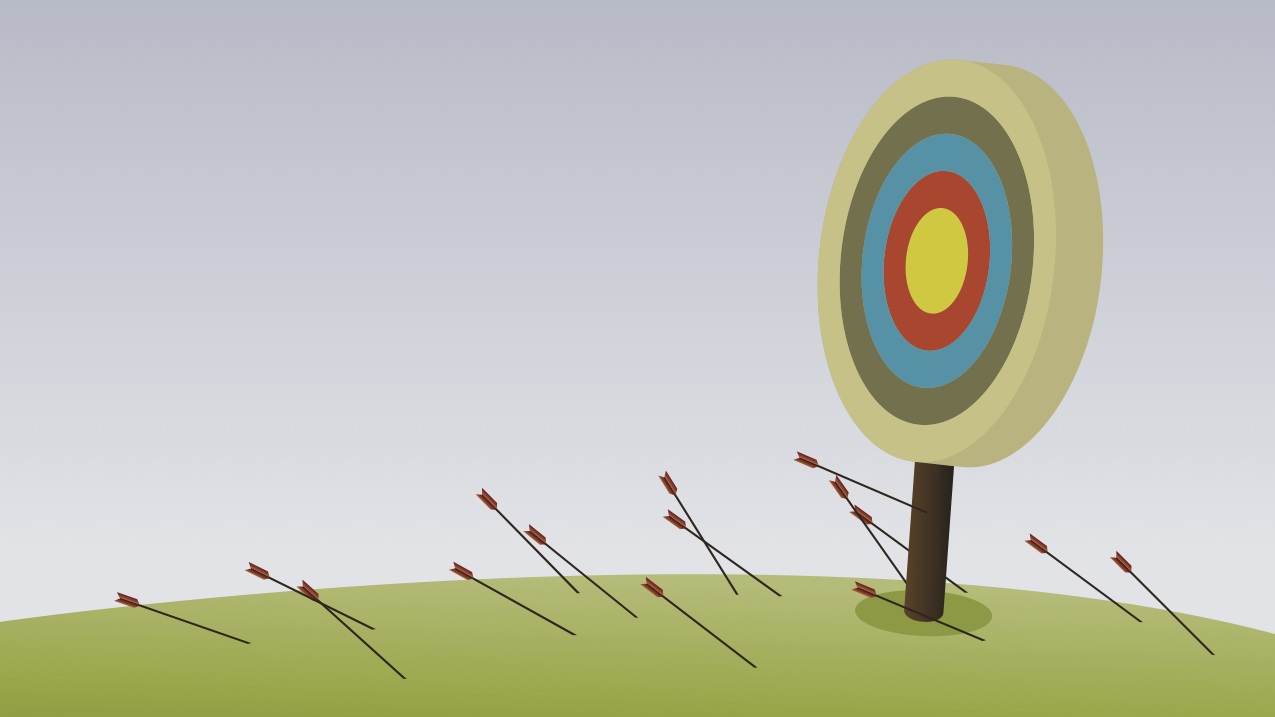I was listening to the excellent Startup Therapy podcast this morning on my walk. More specifically, I was listening to the episode with Steve Blank, where they were talking about a startup ‘shedding its skin’.
What does that mean, in a nutshell? Well, it is really about the natural evolution of a startup through the different stages of Search, Build & Grow - roughly translated to product market fit, traction, and growth.
The hosts talked about how the different roles of employees, and even founders, within the startup will change as it progresses through these stages, and that even the founders themselves may not be the best people to lead the business through certain stages.
It kind of reminds me of a book I read as a youngster, where a plane crashed into a mountain and the surviving passengers had to work out how to get back to civilisation. The person totally in charge of the aircraft while in the air (the pilot), was different from the person who took charge of the group’s survival in the wreck of the plane in the snowy mountain, who was different again from the person who led the small expedition to try and find civilisation and help. Each had their own unique skillsets which made them natural leaders in those different scenarios. Most importantly, each person knew when to defer their leadership as the missions of the group changed.
I’ve experienced something similar in my own startup, HR Partner. Over a year ago, my original co-founder of two years left the startup. It wasn’t my decision. She had self-identified that she wasn’t the best person to lead the business into the next stage of growth. I must admit that I couldn’t see it then, but over the past year, I have grown to appreciate that call, as the business has grown from strength to strength with different leadership, and indeed, I have now transitioned my startup again to bring on a new co-founder with different skill who is again raising the bar and taking us to new heights.
Kudos to my former founder to having the strength of character to realise that she had maxed out her skills and needed to step out. It has made me think about my long term role in my own company. Though I wrote 99% of the code and have spent a lot of time as a solo founder building this company, I think we will get to the stage in a year or two where I will have to relinquish my own control and ownership over the business for it to thrive.
I was never comfortable with the title of CEO, and I think that my future here lies in being more of a CTO or Product Manager with someone else (perhaps my new co-founder, or perhaps someone else altogether) at the helm, driving it forward.
Eventually, I see myself stepping out of the company entirely, as I am realistic enough to see that my personality type (and future life goals) are not compatible with growing and sustaining a large, enterprise software company, and I look forward to handing over the reins to someone much more qualified and able.
This is not to say I am losing interest in my startup - far from it. I have never been more passionate and excited to build something that is used and loved by more and more people each day. It is just that I need to be more realistic about what it is going to take for this company to be the success that it deserves to be. So in the meantime, I will enjoy my role in the journey, and I hope I am wise enough (like my old co-founder) to know when I need to take a side step.






